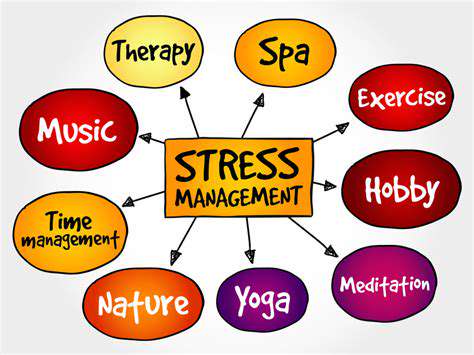How to introduce your dog to grooming routines

Addressing Nail Trimming and Bathing with Patience
Understanding Your Dog's Needs
When introducing a dog to grooming routines, like nail trimming and bathing, it's essential to recognize their unique anxieties. Dogs communicate stress through body language - watch for tucked tails, flattened ears, or whimpers. These subtle cues help you adjust your approach and prevent escalating their discomfort.
Every dog adapts differently to new experiences. Some embrace grooming quickly, while others need weeks of gradual exposure. The key lies in observing your pet's reactions and pacing the process accordingly. Consistent positive reinforcement creates trust during these vulnerable moments.
Preparing for the Grooming Session
Setting the right environment makes all the difference. Choose a quiet space free from distractions where your dog feels secure. Familiar items like a favorite blanket or chew toy can provide comforting anchors during the process.
Organization prevents stress - gather nail clippers, grooming tools, towels, and mild shampoo beforehand. Having everything within reach maintains calm continuity during the session.
Introducing Nail Trimming
Begin by letting your dog investigate the clippers without pressure. Allow them to sniff and touch the tools with their paws. Reward any calm interaction with treats and praise to build positive associations.
When they're comfortable, practice gentle nail touches without cutting. Progress to trimming one or two nails per session, celebrating each small success. This gradual approach prevents overwhelming your pet.
Gradual Introduction to Bathing
Start bath training by letting your dog explore an empty tub. Introduce lukewarm water slowly - first on paws, then legs. Use a gentle spray attachment and keep water pressure minimal to avoid startling them.
Choose a mild, dog-specific shampoo and ensure thorough rinsing. The goal is creating a calm, methodical routine rather than a rushed experience.
Building Positive Associations
Transforming grooming into bonding time requires consistency. Pair each step with rewards - treats after nail trims, playtime after baths. This reward system helps dogs associate grooming with positive outcomes rather than stress.
Addressing Resistance and Fear
If your dog shows distress, pause immediately. Forcing the process damages trust. Instead, try shorter sessions or consult a professional groomer for demonstration. Severe anxiety may require veterinary guidance to address underlying issues.
Patience and Consistency
Successful grooming routines develop over weeks, not days. Regular 5-10 minute sessions work better than occasional marathon attempts. Celebrate small victories - each calm reaction builds toward long-term comfort with grooming.
Managing Potential Anxiety and Stress During Grooming

Understanding Anxiety Triggers
Dogs experience anxiety from specific triggers - perhaps the sound of clippers or sensation of water. Identifying these precise moments allows targeted desensitization techniques. Keep a log to track which grooming steps cause the most stress.
Developing Coping Mechanisms
Counter-conditioning works wonders. Pair stressful elements (like nail clippers) with high-value treats they only receive during grooming. Over time, they'll anticipate rewards rather than fear the tools.
Seeking Support and Resources
For persistent anxiety, consult a certified dog behaviorist. They can demonstrate specialized handling techniques and recommend calming supplements if needed. Some dogs benefit from anti-anxiety wraps or pheromone sprays during sessions.
Lifestyle Adjustments for Anxiety Management
Regular exercise before grooming helps burn nervous energy. Consider puzzle feeders with treats to create positive associations with the grooming area. Maintaining consistent routines outside of grooming also builds overall confidence.
- Heat Hazards for Dogs: Preventing Heat Stress and Ensuring Their Safety
- How to cool down an overheated dog
- Top rated dog grooming tools for home use
- How to manage a dog’s separation anxiety at night
- How to create a stress free environment for your dog
- Top rated dog foods for optimal health
- How to train your dog to use a specific potty spot
- How to remove ticks safely from your dog
- The best dog crates for travel and home use
- How to reduce arthritis pain in dogs naturally
- How to teach your dog to retrieve specific items
- How to socialize a shy or fearful dog